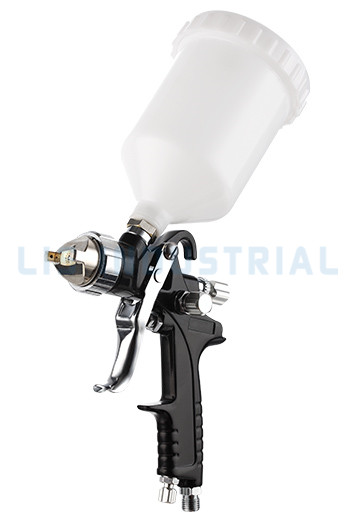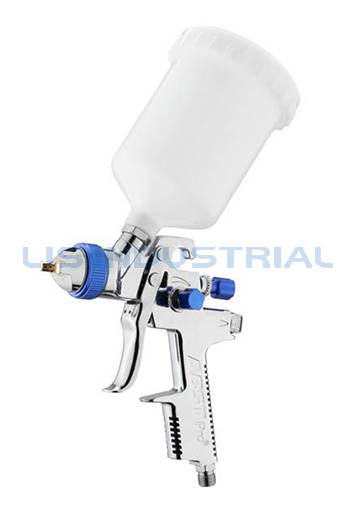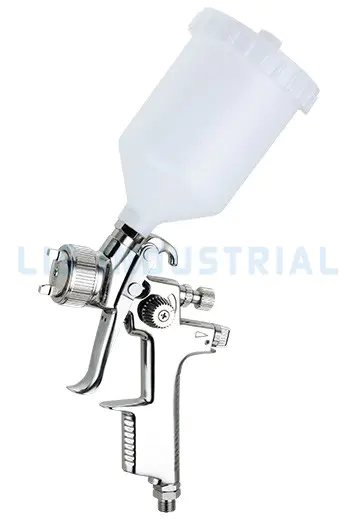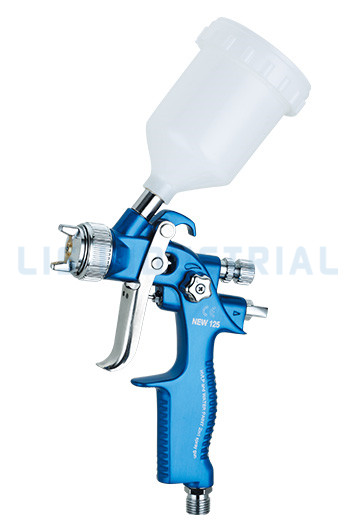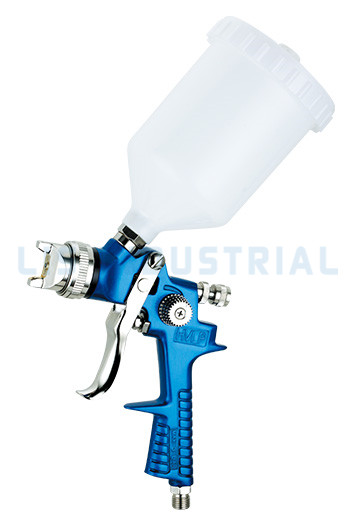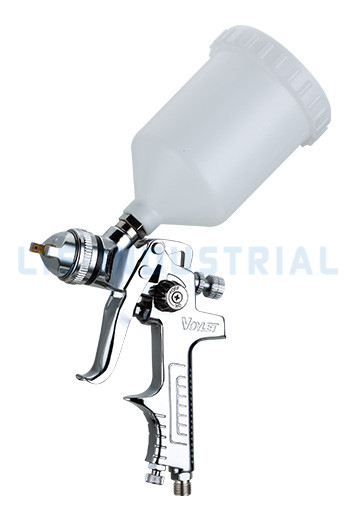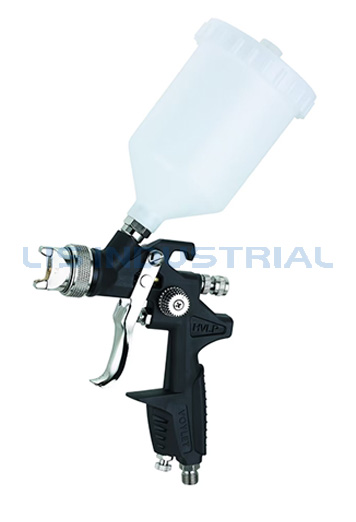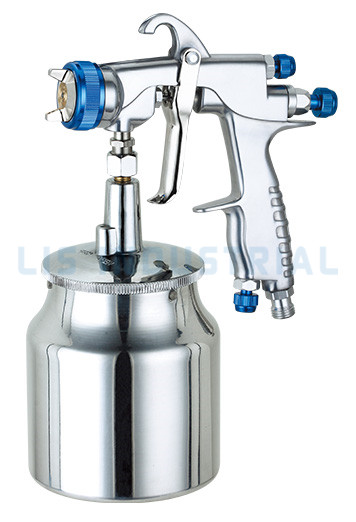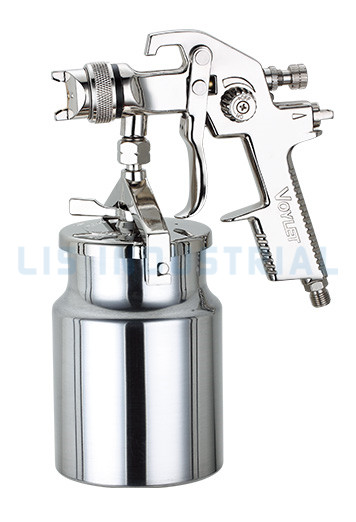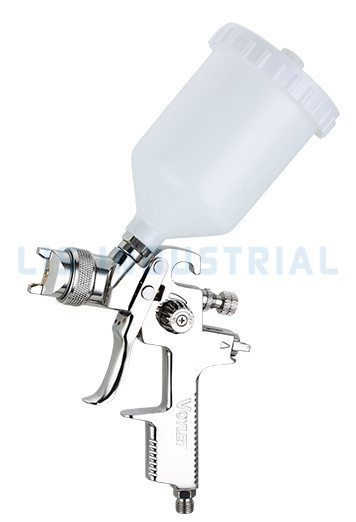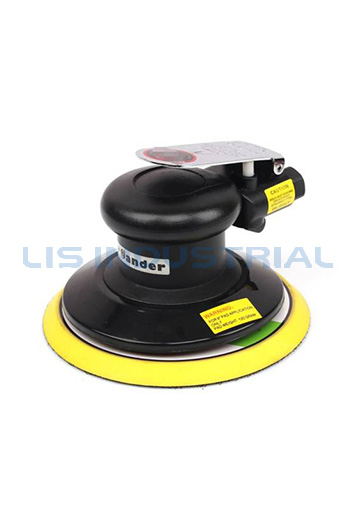1. Overview of Texture Paint Spray Guns
Texture paint is a special paint that can form a three-dimensional surface coating. Through different construction tools and processes, it can create a variety of effects from subtle textures to coarse particles. Compared with traditional flat paints, texture paint not only provides color, but also increases the texture and visual level of the substrate, making the surface richer and more vivid.
Spray guns play a vital role in texture paint construction. They are professional tools that atomize and spray paint onto the target surface through compressed air or high-pressure pumps. Compared with traditional brushing or rolling, spray gun construction has the following advantages:
High efficiency: The spraying speed is 5-10 times faster than manual brushing, especially suitable for large-area construction
Uniform effect: Able to form a uniform and consistent coating without brush marks or seams
Strong adaptability: Can handle complex shapes and concave and convex surfaces with good coverage
Controllable texture: Different texture effects from fine to coarse can be created by adjusting parameters
Depending on different texture effect requirements, different types of spray guns may be required during construction. For example, standard textures usually use a 0.5mm caliber spray gun, rough textures require a 0.8-0.9mm caliber, and flat and fine textures may require a 1.7mm large caliber spray gun. Understanding the working principle and type characteristics of the spray gun is the basis for achieving the ideal texture effect.
Working principle of texture paint spray gun
The core working principle of the texture paint spray gun is based on the interaction of fluid dynamics and aerodynamics, and the ideal atomization effect is achieved by precisely controlling the mixing process of paint and air. Although different types of spray guns differ in structural details, the basic working principles are similar. They all use pressure difference to draw the paint out of the tank, and atomize it into tiny particles through high-speed airflow and then spray it onto the surface of the workpiece.
2. Basic working process of texture paint spray gun
The working process of texture paint spray gun can be divided into four key stages:
Paint supply stage: The paint enters the spray gun from the tank by gravity pressure or suction. In a gravity spray gun, the paint flows from the upper tank to the nozzle by gravity; in a suction spray gun, the negative pressure generated by the high-speed airflow sucks the paint out of the lower tank; and in a pressure-feed spray gun, an external pressure pump directly presses the paint into the spray gun.
Atomization stage: When the trigger is pulled, compressed air is ejected at high speed from the small hole in the air cap, forming a low-pressure area around the paint nozzle (Venturi effect), sucking the paint out and mixing it with the air. The high-speed airflow breaks the paint into fine particles and achieves atomization. The atomization quality at this stage directly affects the uniformity and fineness of the texture.
Spraying stage: The atomized paint particles form a spray pattern driven by the airflow and move toward the surface of the workpiece. The air cap design of the spray gun determines the shape (circular or fan-shaped) and angle of the spray, and different texture effects require different spray patterns.
Deposition formation stage: The paint particles hit the surface of the workpiece to form a specific texture. By adjusting the spray gun parameters, the three-dimensional sense and surface characteristics of the texture can be controlled.
3. Differences in working principles of different types of spray guns
Depending on the different ways of supplying paint, texture paint spray guns can be divided into three main types, each with its own working principle:
Gravity spray gun (upper pot type): The paint storage tank is located above the spray gun, and relies on gravity to feed the nozzle. This design has a simple structure and is suitable for small-area construction and frequent color changes, which can effectively save paint. However, due to its reliance on gravity, the spray gun cannot be used upside down.
Suction-up spray gun (lower pot type): The paint storage tank is located below the spray gun, and the paint is sucked out of the tank by the vacuum suction generated by the atomizing airflow. This spray gun is suitable for large-area continuous spraying, but requires higher air pressure and has poor adaptability to viscous paint.
Pressure-feed spray gun: The paint is pressed into the spray gun through an external pressure tank or pump, without relying on gravity or suction. This system can supply multiple spray guns at the same time, which is suitable for large-scale production and long-term continuous operation, but the equipment complexity is relatively high.
4. Influence of key parameters
The final effect of the texture paint spray gun is affected by many parameters, and understanding these parameters is crucial to achieving the ideal texture:
Air pressure: directly affects the atomization degree and spray speed of the paint. When applying SP30 texture paint, 5-8Bar is recommended for standard textures, while only 3-4Bar is required for fine textures.
Nozzle diameter: determines the paint flow rate and maximum particle size. Rough textures require a large diameter of 0.8-0.9mm, while fine textures use a small diameter of about 0.5mm.
Paint viscosity: Too high viscosity will lead to poor atomization, and too low viscosity will affect the three-dimensional sense of the texture. Before construction, it may be necessary to adjust the viscosity with a special thinner.
Spray gun distance: affects the diffusion degree and deposition efficiency of the texture. Too close distance is prone to sagging, and too far distance will lead to dry spraying.
Spray angle: Keeping the spray gun perpendicular to the surface of the workpiece is the key to obtaining a uniform texture. Angle deviation will lead to uneven coating thickness.
5. Application scenarios and technical points of texture paint spray guns
Texture paint spray guns play an important role in many industrial fields and creative scenes with their unique texture shaping ability. Different application scenarios have different requirements for spray gun parameters, construction techniques and final effects. In the automotive industry, texture paint spray guns are mainly used for surface treatment of bumpers, body panels, off-road vehicle accessories and other parts.
Technical points of automotive texture spraying include:
Spray gun selection: select the caliber according to the thickness of the texture, 0.5mm for standard textures, and 0.8-0.9mm for rough textures
Paint preparation: mix the main agent and curing agent strictly in proportion, and let it stand for 10 minutes after mixing to mature
Spraying parameters: air pressure is usually 5-8Bar, the spray gun distance is kept at 50-100cm, and spray 2 times at a uniform speed horizontally
Curing conditions: after drying at 23℃ for 20 minutes, bake at 60℃ for 30 minutes to achieve initial curing.

 Search
Search
 English
English 中文简体
中文简体 Deutsch
Deutsch